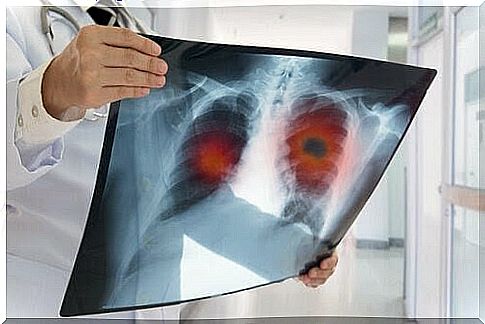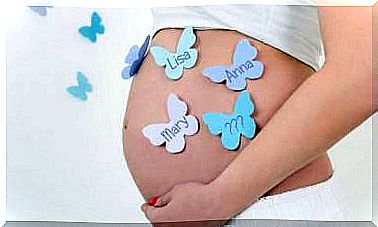Cystic Fibrosis In Children

Cystic fibrosis is a condition that all parents, or anyone planning to ever become a parent, should be aware of.
If the symptoms of cystic fibrosis are ignored, the child may end up in a potentially life-threatening situation, so it is important to recognize the symptoms in time.
What is cystic fibrosis?
Cystic fibrosis is an autosomal recessive, hereditary disease. This means that a parent can pass the gene on to their child without having had any symptoms of the disease themselves.
In order for the disease to manifest in the child, both the mother and the father must carry the gene for cystic fibrosis and pass it on to their child.
Cystic fibrosis in children is a serious disease that can lead to premature death if not properly diagnosed and treated.
Children suffering from cystic fibrosis have an abnormal production of:
- Sweat
- Mucus, for example in the respiratory tract
- Gastric juice
The problem with this is that the disease causes changes in mucus, gastric juice and other components that act as lubricants or break down nutrients. The mucus has a thick and sticky consistency.
This means that common ailments such as a cold, where mucus helps the body to remove fluid from the lungs and airways, become a serious problem for a person with cystic fibrosis. The mucus becomes so thick that it has the potential to block the airways.
Other complications of cystic fibrosis in children
When the respiratory or digestive organs are blocked, several complications occur, but this is not the only way in which the disease poses a danger.
Although the thick layer of mucus in the lungs or intestines is not problematic in itself , it prevents the body from getting rid of bacteria through the body’s normal processes.
These bacteria can reproduce in the thick mucus. It can lead to infections in the body that can become really serious. It can even go so far that a lung transplant is the only way for the baby to survive.
Treatment of cystic fibrosis
Unfortunately, a cure for cystic fibrosis has not yet been developed, which means that treatments and methods to overcome the disease only act preventively and relieve the symptoms.
Until a few decades ago, children born with cystic fibrosis had an average lifespan of only 6 months. But with the great advances in healthcare and new treatments, as well as the knowledge of this disease, life expectancy has risen to an average of 50 years in the Western world.
Cystic fibrosis in children requires daily disciplined care to avoid at any cost that they are infected with any disease that can lead to increased mucus production.
The treatment of cystic fibrosis relies on the actual precautions regarding infection. In addition, they include taking your vaccinations and antibiotics. There are also medicines to open up the airways and dilute the mucus.
It is possible to have a good quality of life if the condition is detected early and is disciplined by following the guidelines for disease management.

Symptoms of cystic fibrosis in children
The best way to detect cystic fibrosis in children is to go to your hospital for a sweat test. The condition can also be diagnosed with DNA-based diagnostics that detect mutations in the CFTR gene.
But some symptoms that can help you detect early on that your child has cystic fibrosis are:
- Salt-tasting skin
- Long time between bowel movements (24 to 48 hours)
- Recurrent episodes of pneumonia
- Difficulty gaining weight
- Severe abdominal pain with constipation
- Cough with noticeable increase in mucus in the sinuses
- Stools with traces of mucus and which float or have an abnormally pale color
- Club-shaped nails
Even when several of the symptoms are present, it is not possible to give children a conclusive diagnosis without consulting a doctor.









